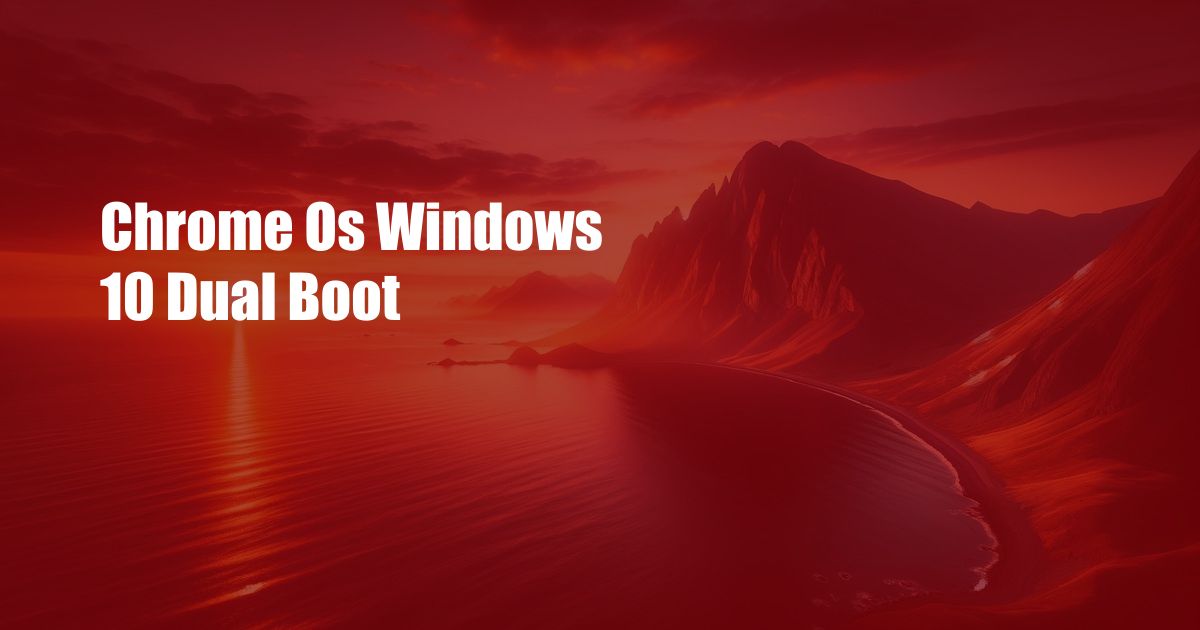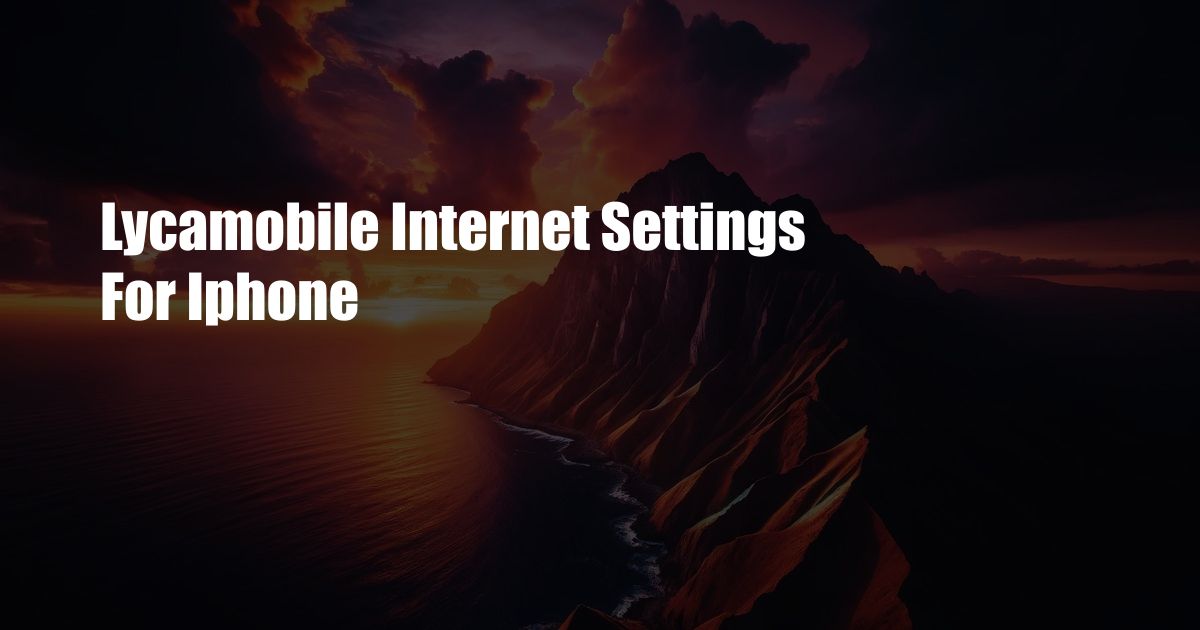
**Chrome OS vs. Windows 10: Making the Right Choice for Dual Booting**
As technology continues to advance, the lines between operating systems blur. Today, we have the option to effortlessly switch between multiple OS on a single machine, thanks to the wonders of dual booting. One popular combination is Chrome OS and Windows 10, each with its unique strengths and weaknesses. In this article, we’ll explore the ins and outs of dual booting these two systems, assisting you in making an informed decision.
Before we dive in, let’s briefly define dual booting. Dual booting is the practice of installing two separate operating systems on a single computer, allowing you to choose which OS to boot into each time you start your machine. This setup can be beneficial for various reasons, such as running specific software or games that are only compatible with a particular OS.
**Deciding Between Chrome OS and Windows 10**
When deciding between Chrome OS and Windows 10 for dual booting, several factors come into play. Chrome OS is a lightweight, cloud-based operating system designed for simplicity and speed. It’s ideal for users who primarily rely on web apps and cloud storage. Windows 10, on the other hand, is a more traditional desktop OS that offers a wide range of software compatibility and customization options.
If you’re primarily interested in browsing the web, checking email, and performing basic tasks, Chrome OS might be sufficient. It’s fast, secure, and requires minimal maintenance. However, if you need to run demanding software, such as video editing or CAD programs, Windows 10 is the better choice. Additionally, Windows 10 provides more flexibility for customization and hardware support.
**Step-by-Step Guide to Dual Booting**
Once you’ve decided on the best OS combination for your needs, it’s time to set up the dual boot system. Here’s a step-by-step guide to help you through the process:
- Create a Backup: Before making any changes to your system, ensure you have a complete backup of your important data.
- Create a Bootable USB Drive: You’ll need bootable USB drives for both Chrome OS and Windows 10. Download the latest Chrome OS image and the Windows 10 ISO file, and use a tool like Rufus to create the bootable USB drives.
- Configure BIOS Settings: Enter your computer’s BIOS settings (usually by pressing F2 or Del during boot) and ensure that the USB drive is set as the first boot device.
- Install Chrome OS: Boot from the Chrome OS USB drive and follow the on-screen instructions to install Chrome OS. Choose the option to install Chrome OS alongside an existing OS.
- Install Windows 10: Once Chrome OS is installed, boot from the Windows 10 USB drive and follow the on-screen instructions to install Windows 10. Choose the option to install Windows 10 on the unallocated space created by Chrome OS.
- Configure Bootloader: After both OS are installed, you’ll need to configure the bootloader to allow you to choose which OS to boot into. Restart your computer and access the bootloader settings (usually by pressing F12 during boot). From here, you can select which OS to boot.
**Tips and Expert Advice**
Dual booting Chrome OS and Windows 10 can be a seamless experience if done correctly. Here are some tips from experts to ensure a successful setup:
- Use a Fast USB Drive: The speed of your USB drive will significantly impact the installation process. Use a USB 3.0 drive for faster data transfer.
- Allocate Sufficient Disk Space: Ensure you allocate enough disk space for both OS. Chrome OS requires at least 16GB of free space, while Windows 10 needs a minimum of 20GB.
- Disable Fast Boot: Fast boot can cause issues during the installation process. Disable it in the BIOS settings before booting from the USB drives.
**Frequently Asked Questions**
- Can I dual boot Chrome OS and Windows 10 on a Chromebook?
- Yes, you can dual boot Chrome OS and Windows 10 on a Chromebook, but it requires more technical expertise and may void your warranty.
- Which OS should I boot into first?
- It doesn’t matter which OS you boot into first. However, Windows 10’s bootloader will automatically take over if you don’t make a selection within a few seconds.
- Can I access files from both OS?
- Yes, you can access files from both OS if you create a shared partition during the installation process.
**Conclusion**
Dual booting Chrome OS and Windows 10 can be an excellent way to combine the best features of both worlds. By following the steps outlined in this article, you can successfully set up a dual boot system that meets your specific needs. Whether you’re a casual user or a power user, dual booting allows you to tailor your computing experience to your preferences.
So, are you ready to embark on a dual booting adventure? Let us know if you have any further questions or need additional guidance. We’re always happy to assist!
 TeknoHo.com Trusted Information and Education News Media
TeknoHo.com Trusted Information and Education News Media



